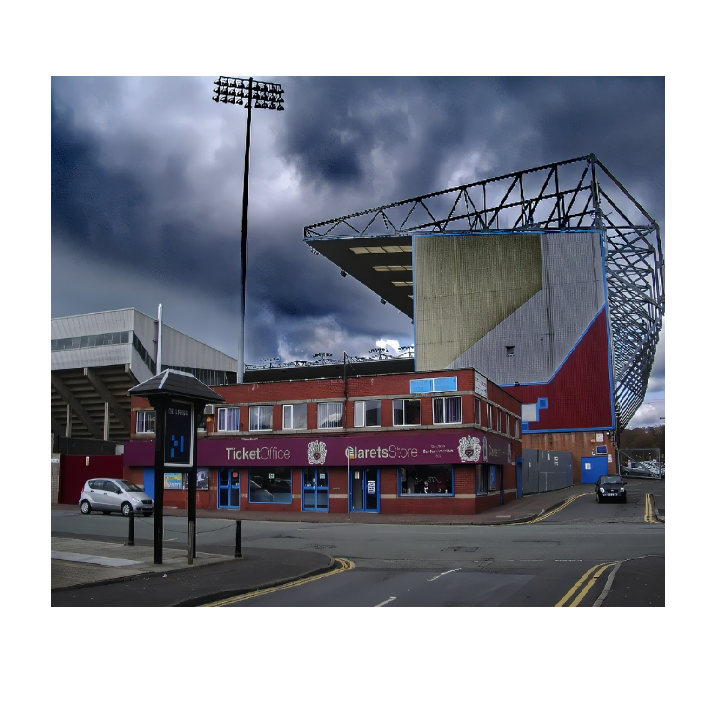Brown (Inspector of Taxes) v Burnley Football and Athletic Co Ltd [1980] 53TC35
Citation:Brown (Inspector of Taxes) v Burnley Football and Athletic Co Ltd [1980] 53TC35
Rule of thumb:Can a rebuild of an old property be deemed to be tax deductible? In some cases, yes, and other, no – the rules are complex in relation to this.
Judgment:
Repair is given a narrow meaning and generally will not allow someone to completely replace an asset. The facts of this case were that Burnley had knocked down a stand and built another. Burnley argued that the previous one was unsafe and the only solution was to knock it down and rebuild it – Burnley considered this to be a repair which was tax deductible. The Court held that knocking down the full stand, and building a better one in its place, constituted an investment in capital and it was therefore not allowed as a trading expense.
Ratio-decidendi:
‘In speaking of the chimney [in the Samuel Jones case] as “physically, commercially and functionally … part of an ‘entirety’, which is the factory”, Lord Cooper should not be taken as laying down a principle that the renewal of part of what can be seen as physically, commercially and functionally a profit-earning whole is prima facie a repair. He was concerned to emphasise that on the particular facts of that case the chimney was a necessary and integral part of a larger entity which was repaired... It may be that, for instance, a sports stadium designed and built as a single building would constitute separate “premises” and that replacement or renewal of a part, more or less extensive, would be a repair of the premises as a whole, though it is not easy to see why, in such a case, a car-park, baths and changing rooms forming an integral part of the structure should not be as much part of the stadium as the spectators’ seats and the ground itself... ‘Each separate part of the whole had its own distinct function. No part, except the football pitch itself, was necessary to the performance of the Club’s central activity of arranging professional football matches as a spectacle. The Club could have continued its activities without affording covered seats for those of its supporters prepared to pay for that amenity. It could have leased a part of its ground to another prepared to afford that or other amenities, as I believe is sometimes done by racecourse owners. In my judgment, therefore, the erection of the new Brunshaw Road stand was not a “repair” of any larger entity, whether identified as the whole premises occupied by the Club for the purposes of its business or as the field and surrounding stands and terraces alone.’ Vinelott J

Warning: This is not professional legal advice. This is not professional legal education advice. Please obtain professional guidance before embarking on any legal course of action. This is just an interpretation of a Judgment by persons of legal insight & varying levels of legal specialism, experience & expertise. Please read the Judgment yourself and form your own interpretation of it with professional assistance.

